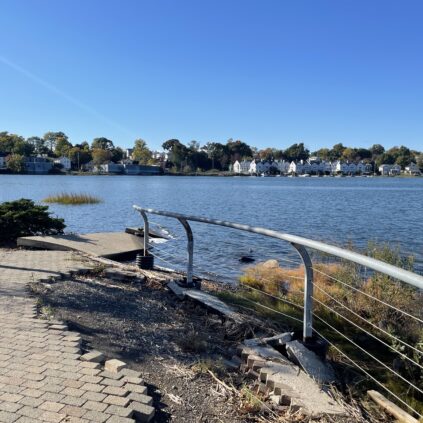New York, May-June
Today I put on a rain jacket for the walk to my driving lesson. The drizzle is barely-there—tiny beads collect on strands of my hair, then slide away. I drive poorly for an hour and, when I finish, it is almost noon. The rain has stopped. I can’t decide how I want to spend the rest of my day, and then I remember that I don’t have to. I get a vanilla ice cream cone from a truck parked on 125th and Amsterdam and tie my jacket around my waist, licking the rainbow-sprinkled sides to keep my fingers clean. Heat and light buzz on my bare shoulders.
A New York Summer is usually sweltering, but this one hasn’t been. I don’t need to change my clothes and shower in the middle of the day, red-faced and drenched in sweat. I am not suffocated by thick air. I do miss the sticky-sweetness a little bit, the race to devour lemon-lime Icees before they melt into neon slush, the sky-high ponytails that keep the hair off of my neck, the hallucinogenic combination of heat and exhaustion. The season ripening with the smells of bodies, sunscreen, dogs, car exhaust, dirt, pollen, perfume, roasted nuts, burnt coffee, laundry, cigarette smoke.
My driving teacher remarks that New Yorkers have forgotten how to drive. They’re more reckless. They run red lights, cut off other vehicles, honk with impatience and contempt. They roll down their windows to start screaming matches in traffic. When I ask her if it is just the driving that got worse, she says no. It’s everything. “After Covid,” she sighs, “it’s like people have no heart.”
My mother has become frightened by the violence on the news and warns me against taking the train. I resist, citing my solo rides at 10 years old, to and from school. I have the cadence of the 6 train memorized, the names of the stops and the minutes between each one. I love the choreography it requires, of overlapping arms, absence of eye contact, the collective squeeze to let one more person in. There have been several occasions when a friend has stepped into the same car as me, and we are both startled and completely unsurprised that such a coincidence could happen.
On June 6, a pale yellow haze covers the sky, diffusing the setting sun on my evening walk around the reservoir. My friend texts me that it is coming from the wildfires in Canada. I tell him how beautiful it looks in person, forgetting the burning trees. The next day, I wear a mask for the first time in two years, and it is scratchy and unfamiliar. It is almost as if the pandemic was a dream—a tear in a film reel, taped up and smoothed out.
What I miss most about New York when I am gone are the people who don’t look at me funny when I pull out my camera or wear my pajamas to the park or run sixty blocks through Midtown to make it on time to a dinner reservation. I love hearing their snippets of conversation. I love judging their outfits and haircuts and modes of walking. I love the old ladies selling beaded bracelets in Washington Square Park and the guys stationed next to them with their skateboards and overgrown hair. I love Koreatown at night, because the restaurants are open twenty-four hours and the soup tastes better when the sky is pitch black and the air has cooled and no one is checking the time.
Some of my friends who are not from New York are here for the summer, and they’ve come to two conclusions. One is that going for a walk feels like enough of an activity to deem an entire day productive. The other is that it feels quite small for a place with a population of eight million. Yesterday, I ran into three people I know in one hour. It made no sense.
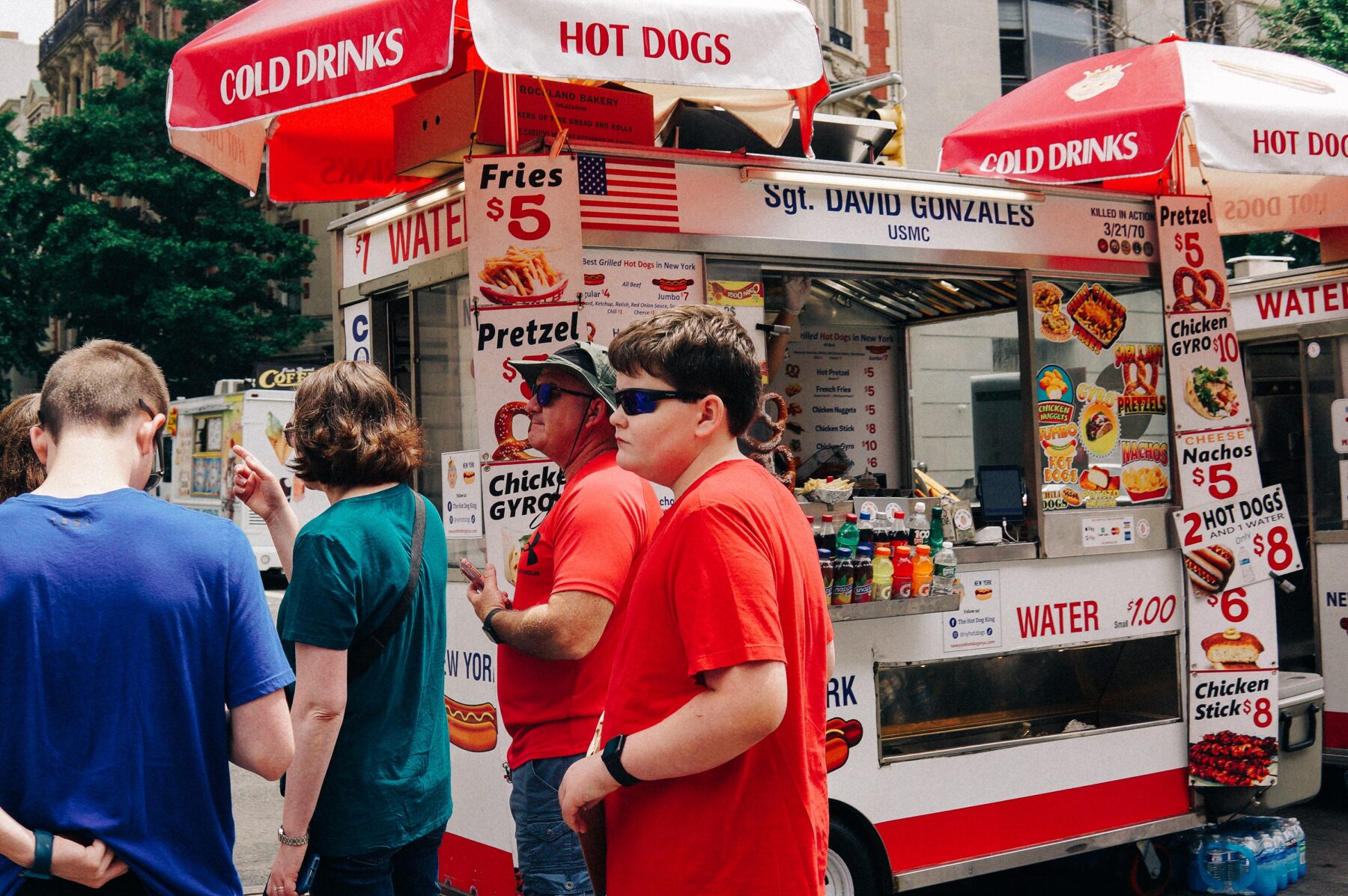
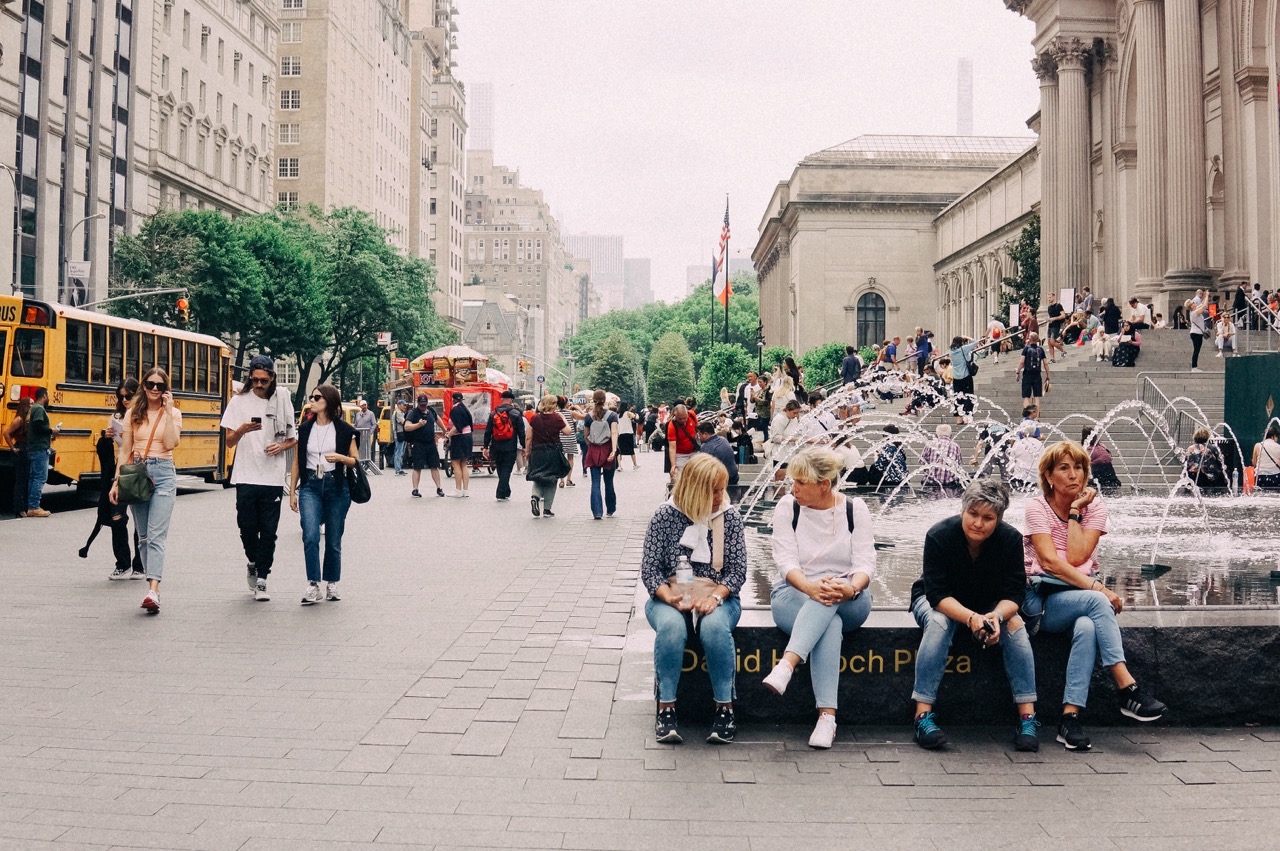

Oceanside, July-August
I passed my driver’s test five days before my flight. In real life, I am surprised to learn that the cars drive very fast and ignore the stop signs. They don’t signal before they switch lanes; they expect others will make room.
The first official “highway” I drive on is South Coast, through the main downtown strip. There is a theater on the left side called Star that looks like it has been extracted out of a nineteen-fifties Hollywood set to an unassuming beach locale on the coast of Southern California. A neon sign juts out from the building and projects the light of multicolored stars onto the road. My friend grew up performing in Star productions. One of his peers became a Disney celebrity and moved an hour and a half north to Los Angeles. He tells me how weird it is for a childhood friendship to become a parasocial one, where only one party knows what the other is up to. It’s so strange to see his face, he says, on the internet, or to hear the songs he inspired playing on the radio. He tries to avoid it.
The city of Oceanside, population 173,000, could have been written for a screenplay. It is a year-round summer vacation. The streets are named Surfrider, Sportfisher, Seagaze. At night, a line slinks around the block for a local ice cream shop that serves their scoops out of six windows. They have fifty flavors and no samples, so I blindly choose vanilla caramel brownie. It is surprisingly stretchy, rich and sweet and delightfully ordinary.
After I get home from work and cook dinner, I have thirty minutes of sunlight before it gets dark. I slip on my running shoes and jog to the water, where there are families and couples and teenage boys in snapbacks and tourists with fanny packs scattered along the pier. Spectators lean against the railing, studying the surfers mounting the baby waves, upright for seconds before they fall off their boards and sink beneath the surface. I think about how cold they are. If they know everyone is watching them.
At the start of the pier, there is a man selling churros from a cart with a vat of bubbling, golden oil. At the end, there are fishermen stationed in a semicircle with prawns and tiny sea creatures tied around their thin fishing rods. I shuffle past them quickly. I’m not sure why their presence intimidates me. Perhaps it is because I feel like an intruder on their nightly ritual, or because I interpret their silent focus as a threat. As the line separating the sky and the ocean fades into obscurity, I think about how all the Infinity Rooms I’ve stood inside at fancy museums pale in comparison to the real thing, the sparkles on the blackened sea, the eternity it suggests.
I walk home in the half light.
There is a hurricane warning on my second-to-last day in Oceanside. My mother calls and instructs me to buy toilet paper and nonperishables. The downpour is steady and pools into the crevices on the patio. I stay inside all day, watching the rain through the window, and I am miserable. In the morning, the city is damp, but the sun is out again and I realize how tan I’ve become from forgetting to put on sunscreen. How my heart rate has slowed with the assurance that every day will be the same. I will go to the water. I will not know anyone’s name.
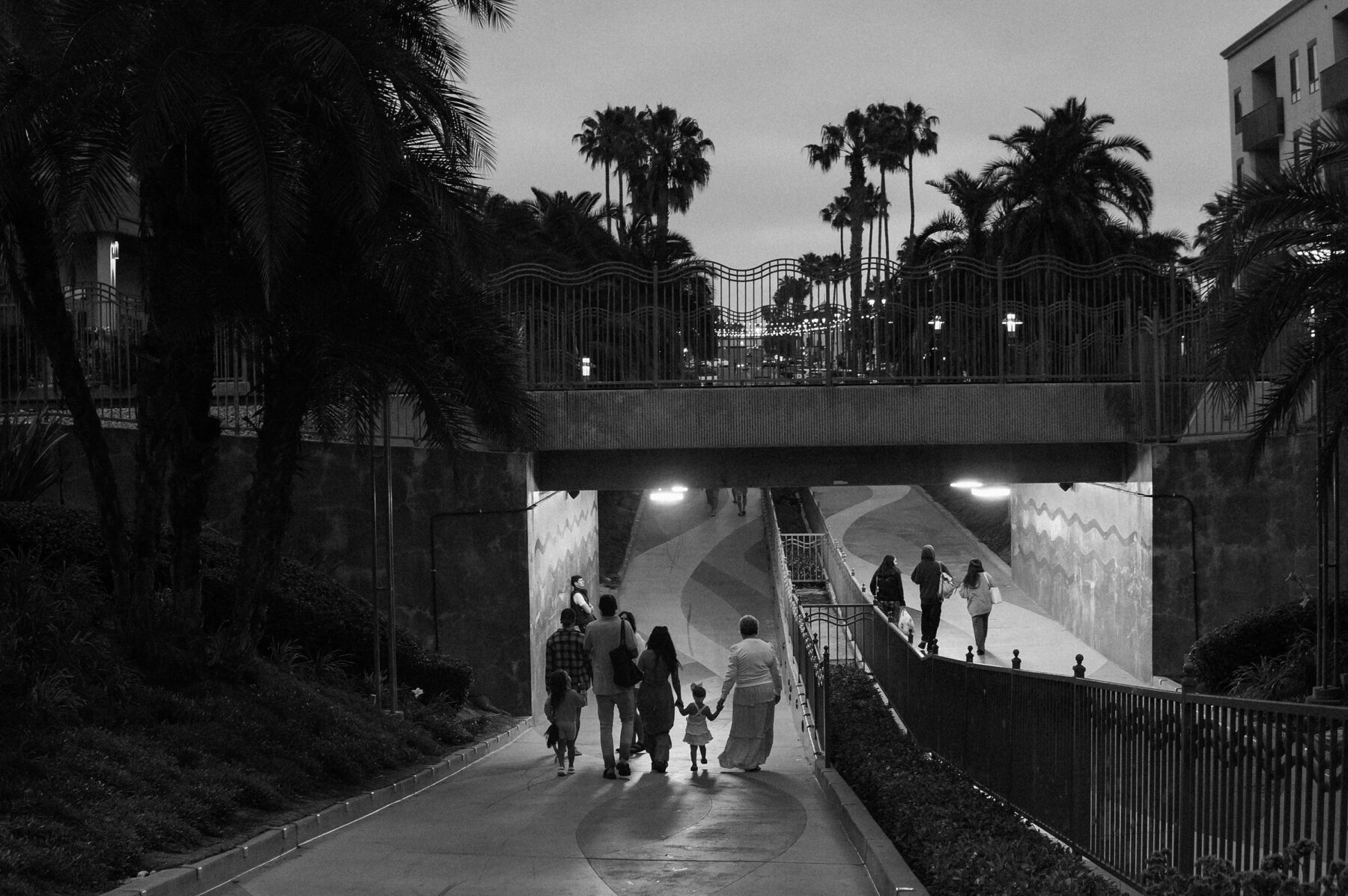
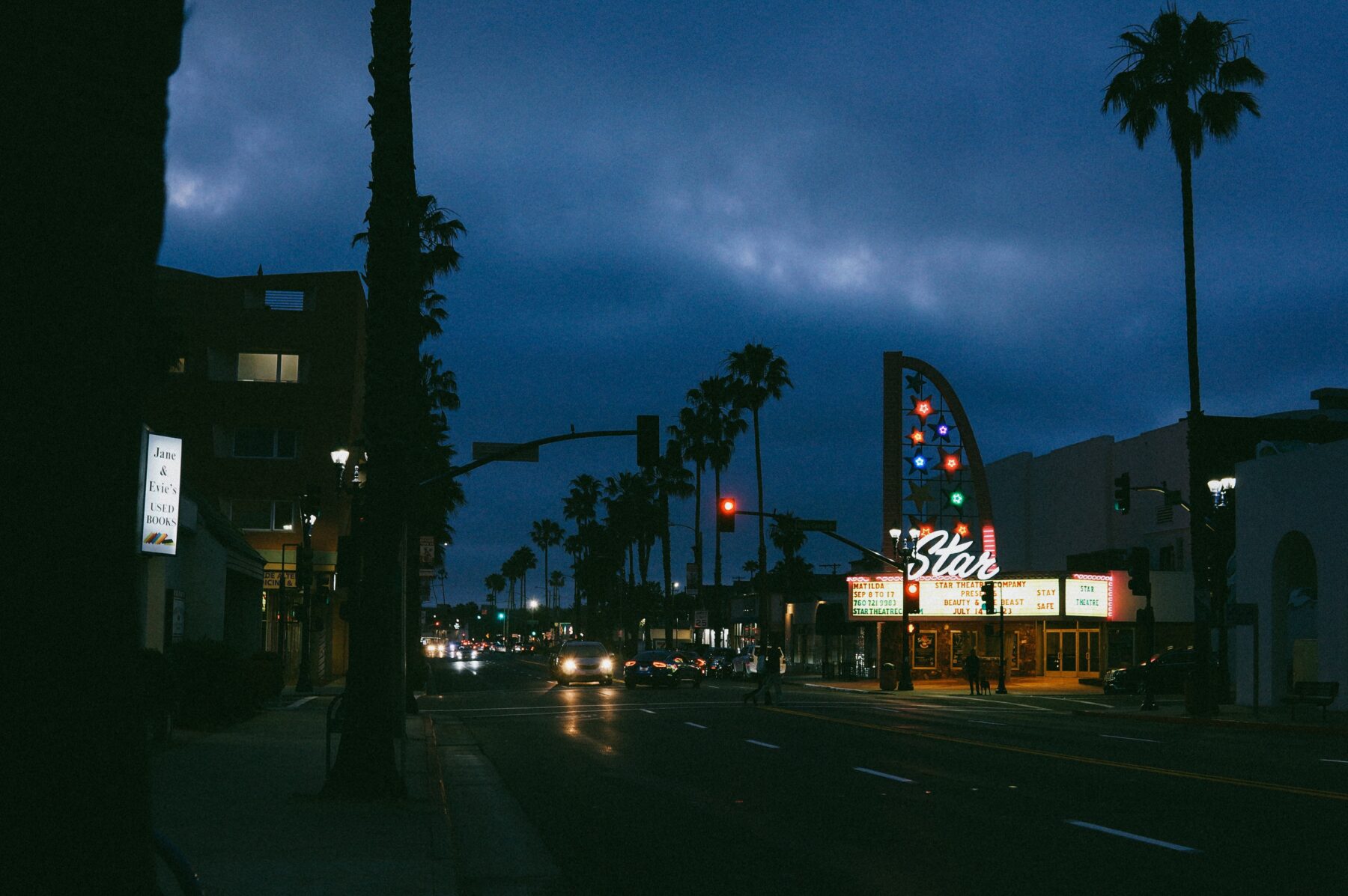
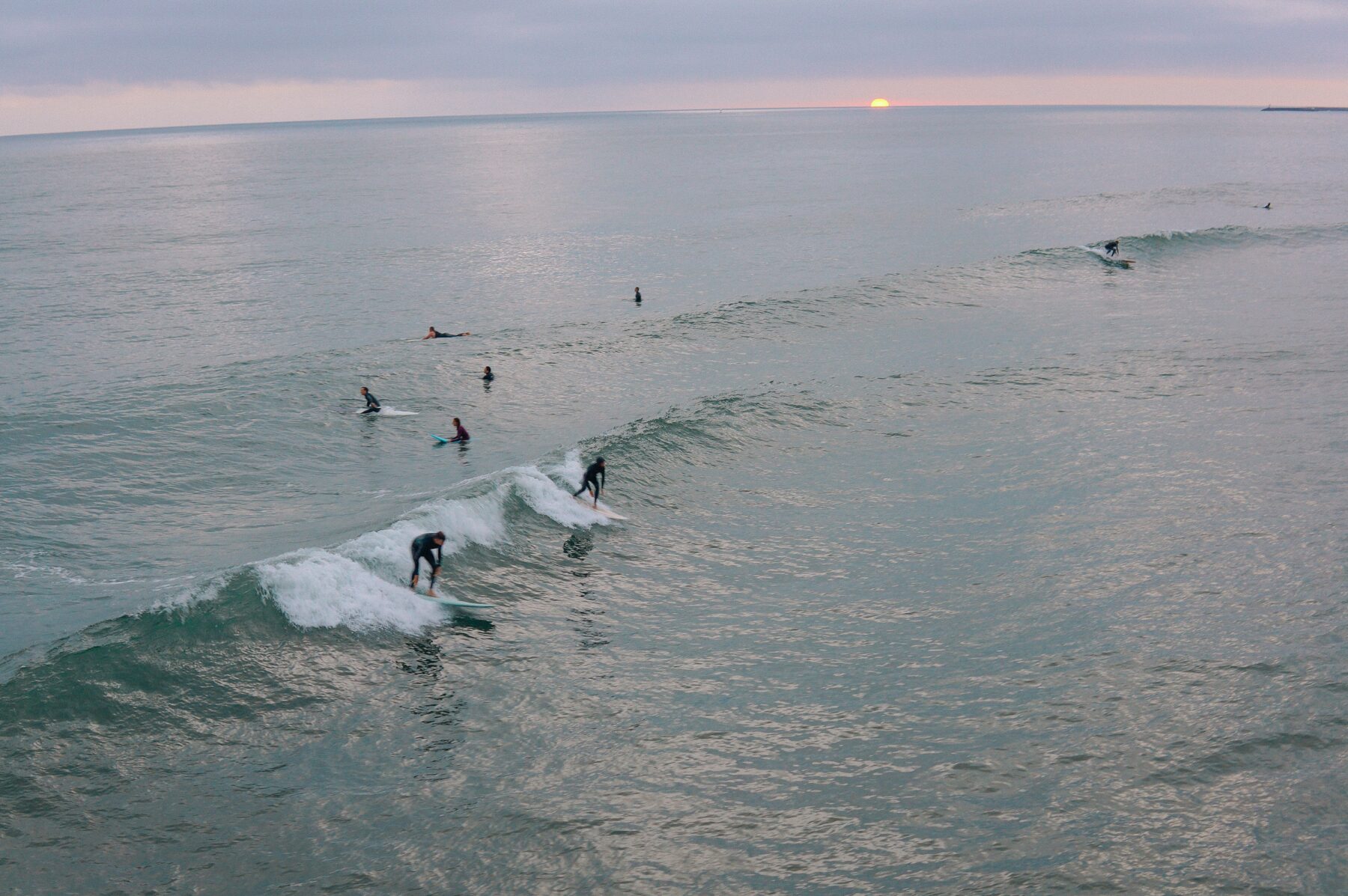
Photos taken by Arden Yum.
-Arden Yum is a junior in Benjamin Franklin College.


